Quality Fabrication & Engineering: One direction for safety
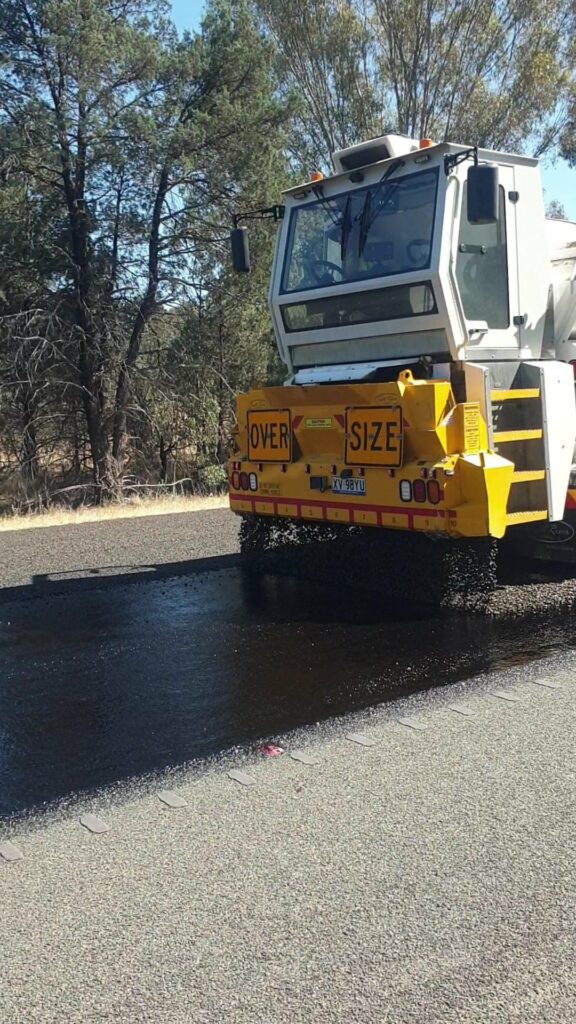
This post was originally published on this site
Quality Fabrication & Engineering’s Road Ant is helping to inspire the development of safer and more sustainable road construction machinery, with the forward-moving aggregate spreader still changing the game.
For years, reversing tippers were the preferred, and at times the only, option for aggregate spreading on a large scale.
Glaring safety concerns, particularly with reversing and blind spots, were at times overlooked due to a lack of alternative solutions.
Quality Fabrication & Engineering General Manager Glenn Hardiman says the introduction and continued success of the forward-moving aggregate spreader signifies a change throughout the sector.
“Our customers have found that spreading from the rear cabin in a forwards direction is much more comfortable and safer for their operators,” he says. “I don’t think people realise the stress involved for the operator if they’re required to reverse with a conventional vehicle. It’s so hard for them to see what they’re doing with only their mirrors.
“The Road Ant helps to alleviate some of that stress.”
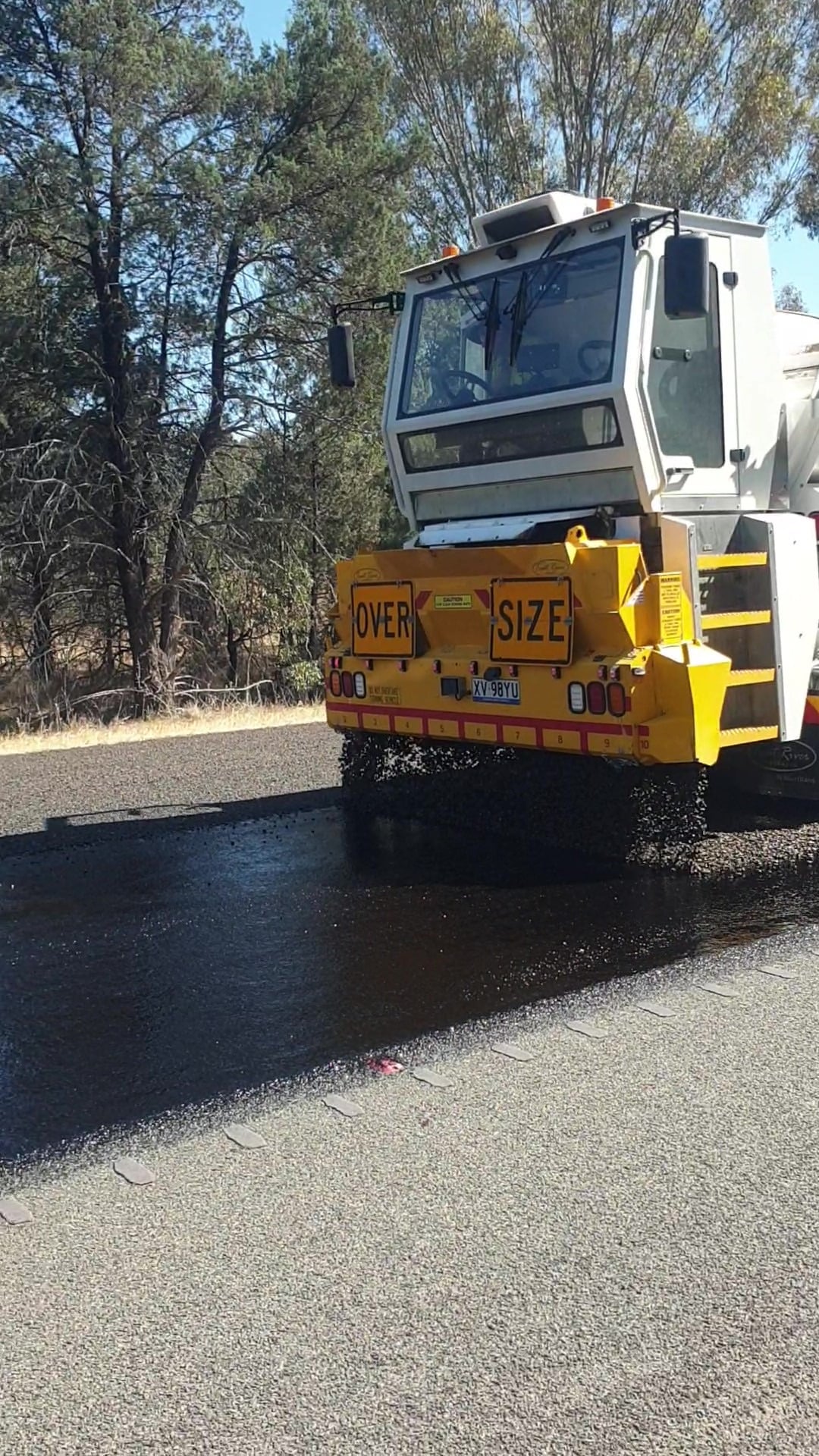
The Road Ant features both a front and rear cabin, with full operation of the truck, spreader and safety controls from either end, eliminating the need to spread in ‘reverse’. The rear cabin is also dual control, enabling operation from either the left or right-hand side for a clear view of the spread line, also making it ideal for training new drivers.
“The feedback that we’ve had is that operators of the Road Ant are relieved that they’ve got a machine now with a clear line of sight and far greater visibility. It helps to make their daily activity so much simpler,” Hardiman says. “Thanks to the Road Ant, operators can say goodbye to blind spots.”
On top of offering independent driving control from both ends of the machine, the Road Ant can be fitted to a variety of cab chassis and to date have been fitted to Hino, Volvo, Isuzu, Iveco and DAF.
Operationally, the Road Ant conveys the aggregate from the Trout River moving floor body, underneath the cabin and into the Trout River 10 gate chip spreader. Reaching 2.5 metres as standard, the spreader can service widths of up to 2.95 metres, with extensions, or 3.4 metres with additional extensions, making the machine suited to arterial and local roads.
It’s features like this that have led to interest at a state government level. Hardiman says Quality Fabrication & Engineering recently conducted field tests as part of a presentation to Transport for NSW, which has expressed interest in forward-moving aggregate spreaders.
“We’ve had more and more interest interstate, it’s encouraging to see the Road Ant is gathering such interest in New South Wales and South Australia,” he says.
“People can be hesitant about accepting a new concept and question how it’s going to work. But we’ve now got 24 units on the road, and it’s become obvious that they’re reliable, accepted and clearly now the preferred choice for forward aggregate spreader vehicles.”
This interest is not only off the back of the potential safety of the machine, but also its sustainability capabilities.
Related stories:
Greener and cleaner
“The outstanding factor is the aggregate and stone that it can save. Because we’ve got very accurate measuring in the spreader, there isn’t excess stone laid out unnecessarily, which would otherwise just be swept off the road and onto the shoulder,” Hardiman says. “That gives you big savings in terms of wasted aggregate.”
The Road Ant is a robust and durable design, increasing the sustainability of a business, because it can run the machine for longer, with reduced maintenance intervals.
“We’ve designed the unit in such a way that if the customer decides to change their truck, upgrade or renew their prime mover, all of the functionality can easily be fitted to another unit,” Hardiman says.
“We expect to get 10, 15 even potentially 20 years out of our spreaders, which in itself is a great saving.”
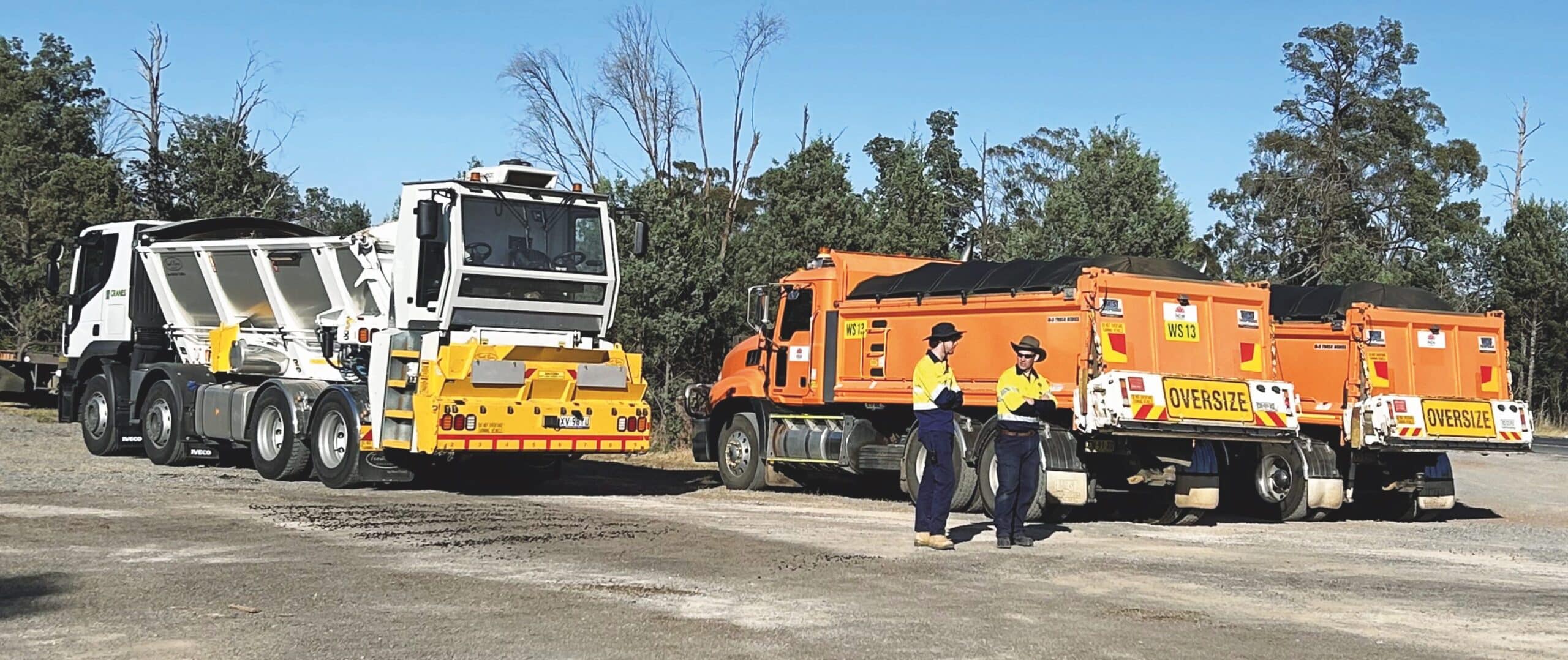
This longevity is also backed up by the Road Ant’s “bang for buck”, with flexibility within the design that enables the machine to be used 365 days a year.
“Our units are designed to do more than just spread aggregate. Even in the colder times of the year, the Road Ant can still be used for transporting other products. It can also be used for asphalt supply, dressing road shoulders or bulk material transportation,” Hardiman says.
“We were very conscious of the limitations that could come with having a purpose-built machine that can only carry out one process. It was always our intention to try and make the unit as versatile as we could. That’s a concept that’s been refined over time, now it performs better than we hoped for.”
This year marks a big one for Quality Fabrication & Engineering and the Road Ant, with on-going sales and a future pipeline which looks promising. Hardiman says that no matter what the future has in store, the Road Ant is already viewed internally and externally as a success.
“We’re pleased that the “forward-moving” concept is getting wide acceptance, not only for its safety and sustainability features, but also for its ability to help drivers and operators reduce the inherent stress of their occupations,” Hardiman says.
This article was originally published in the October edition of our magazine. To read the magazine, click here.
This article was originally published in the October edition of our magazine. To read the magazine, click here.
This article was originally published in the October edition of our magazine. To read the magazine, click here.
This article was originally published in the October edition of our magazine. To read the magazine, click here.
This article was originally published in the October edition of our magazine. To read the magazine, click here.
This article was originally published in the October edition of our magazine. To read the magazine, click here.
This article was originally published in the October edition of our magazine. To read the magazine, click here.
This article was originally published in the October edition of our magazine. To read the magazine, click here.
This article was originally published in the October edition of our magazine. To read the magazine, click here.
This article was originally published in the October edition of our magazine. To read the magazine, click here.
This article was originally published in the October edition of our magazine. To read the magazine, click here.
This article was originally published in the October edition of our magazine. To read the magazine, click here.
This article was originally published in the October edition of our magazine. To read the magazine, click here.
This article was originally published in the October edition of our magazine. To read the magazine, click here.
This article was originally published in the October edition of our magazine. To read the magazine, click here.
This article was originally published in the October edition of our magazine. To read the magazine, click here.
This article was originally published in the October edition of our magazine. To read the magazine, click here.
This article was originally published in the October edition of our magazine. To read the magazine, click here.
This article was originally published in the October edition of our magazine. To read the magazine, click here.
This article was originally published in the October edition of our magazine. To read the magazine, click here.
This article was originally published in the October edition of our magazine. To read the magazine, click here.
This article was originally published in the October edition of our magazine. To read the magazine, click here.
This article was originally published in the October edition of our magazine. To read the magazine, click here.
This article was originally published in the October edition of our magazine. To read the magazine, click here.
This article was originally published in the October edition of our magazine. To read the magazine, click here.
This article was originally published in the October edition of our magazine. To read the magazine, click here.
This article was originally published in the October edition of our magazine. To read the magazine, click here.
This article was originally published in the October edition of our magazine. To read the magazine, click here.
This article was originally published in the October edition of our magazine. To read the magazine, click here.
This article was originally published in the October edition of our magazine. To read the magazine, click here.
This article was originally published in the October edition of our magazine. To read the magazine, click here.
This article was originally published in the October edition of our magazine. To read the magazine, click here.
This article was originally published in the October edition of our magazine. To read the magazine, click here.
This article was originally published in the October edition of our magazine. To read the magazine, click here.
This article was originally published in the October edition of our magazine. To read the magazine, click here.
This article was originally published in the October edition of our magazine. To read the magazine, click here.
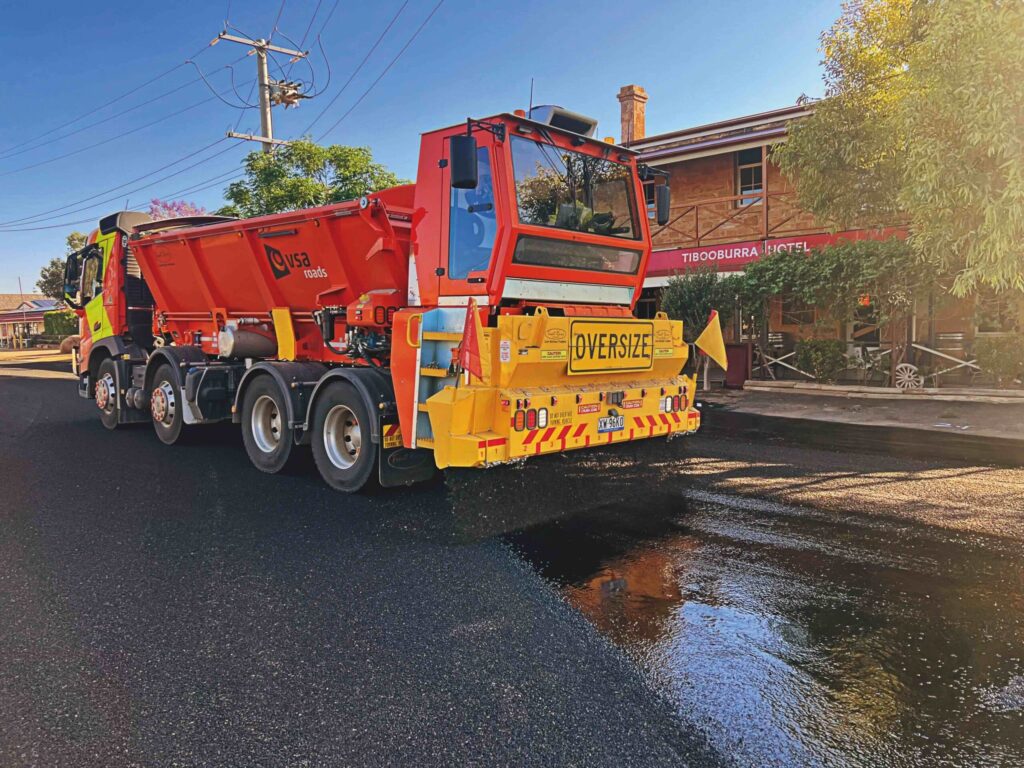


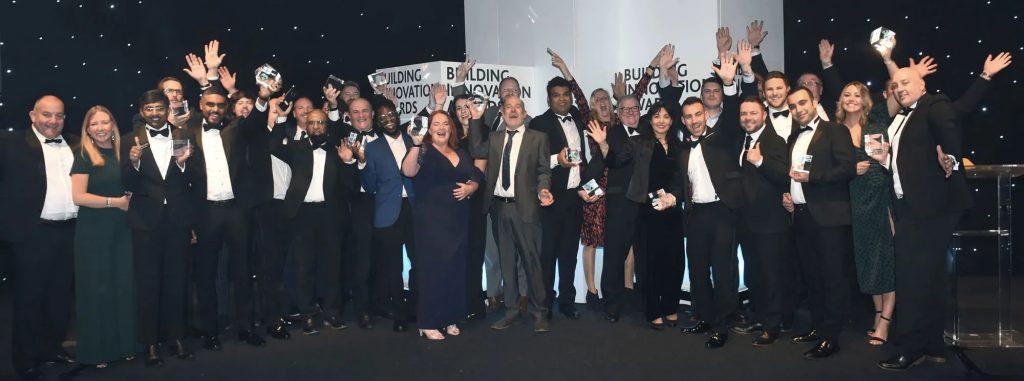
Responses